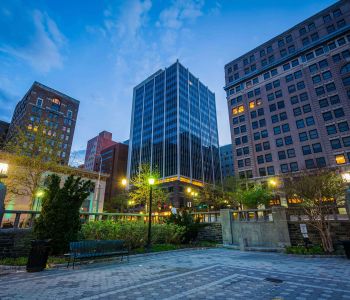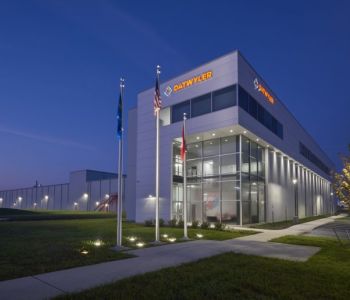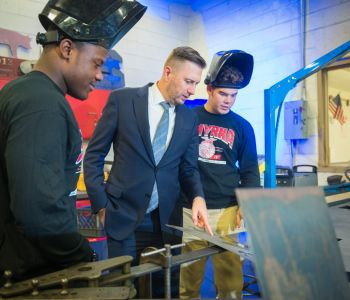Delaware Prosperity Partnership

December 3, 2019
Carvertise Expands as it “Drives” National Advertising Campaigns

December 2, 2019
International Recognition of Delaware’s Fintech Opportunities

November 25, 2019
UD, Delaware Technology Park and Discover Bank Partner on New FinTech Building at STAR Campus

November 20, 2019
DPP’s Role in Delaware Economic Development

November 13, 2019
Datwyler Sealing Solutions Chooses Delaware for $100 Million Facility

November 8, 2019
Delaware and North East England Sign Economic Development MOU

November 7, 2019
No State Builds Pathways from High School to Jobs as well as Delaware Does: Opinion

October 31, 2019
Delaware Biotech Businesses Focus on Innovation

October 29, 2019
Prelude Therapeutics Expands in Delaware

October 21, 2019
Delaware: The Small State Big on Innovation

October 16, 2019
Delaware Innovates to Build a Strong Talent Pipeline

October 9, 2019
JPMorgan Chase Awards Grant to Delaware Prosperity Partnership to Advance an Inclusive Tech Talent Pipeline











